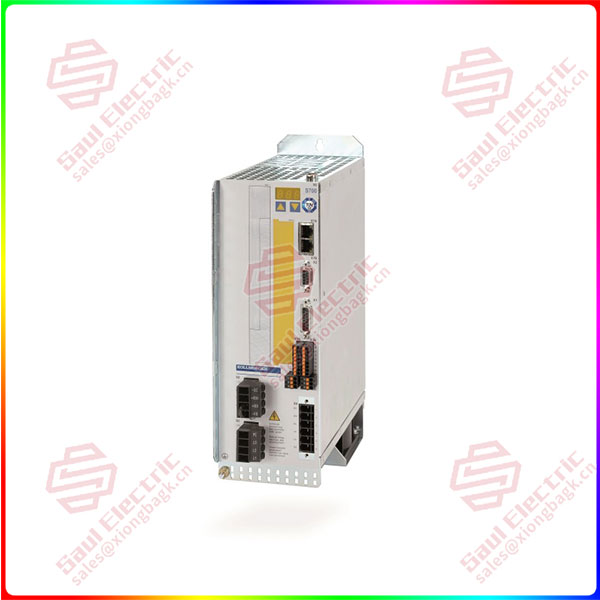The localization rate exceeded 50% for the first time
The market is ours, but the dominance of the market was once not ours.
Since the world’s first hydraulically driven industrial robot Unimate came out in 1959, to the release of the first fully electric robot in 1973, and then to the rich application of all walks of life, industrial robots have experienced more than half a century of development. The division of labor in the traditional industrial robot market has been very clear, and the main players have been basically stable.
S72402-NANANA From the perspective of the market pattern, in addition to the industrial robot body, industrial robots also include the upstream reducer, controller, servo motor, downstream system integrators, and end customers are mainly distributed in the automotive, 3C, metal processing, plastics and rubber industries.
Japan Fanuc, Yaskawa, Switzerland abb, Germany Kuka (has been acquired by the United States Group) “four families” with decades of technology accumulation and industrial production experience, the market share of more than 50%. In the field of precision robot decelerators with the highest technical threshold, Japanese brands Hamanaco and Nabotsk occupy about 70% of the global industrial robot decelerator market. In other words, it’s a real oligopoly.
How easy is it to break through? It turns out that the domestic manufacturers did.
GGII data show that China’s domestic brand industrial robot sales continue to grow rapidly, reaching more than 160,000 units in 2023, has exceeded foreign brands; This is the first time that the localization rate has exceeded 50% (Figure 3). Specifically, in addition to multi-joint robots, the localization share of mainstream industrial robots such as SCARA (planar joint industrial robots), collaborative robots, and Delta (parallel robots) exceeds 50%.

S72402-NANANA
Many people have more misunderstanding about domestic industrial robots. Due to the late start and lack of core technology, many domestic enterprises in the past can only concentrate on the downstream integration end, undertake system secondary development, custom parts and after-sales service and other low value-added work, “assembly goods” is controversial. However, in less than a decade, China has become the world’s largest industrial robot production and sales country, with a complete industrial chain from core components to robot ontology to system integration.
In CAI Zhenkun’s view, “The rise of domestic industrial robots is not the rise of a single industry, but the overall development of the whole industrial chain to a certain height.”
S72402-NANANA The Great Wall Guorui Securities research report believes that the rapid development of the new energy industry has brought about the incremental demand for industrial robots, which is of great significance for improving the localization rate of industrial robots in China. In 2022, the robot shipment growth rate of the automotive electronics and lithium battery industry is greater than 30%, and the robot shipment growth rate of the photovoltaic industry is greater than 20%.
The “2023 Shenzhen Robot Industry Development White Paper” also pointed out that last year, Shenzhen’s robot industry newly registered more than 10,000 enterprises, the total output value of the industrial chain was 179.7 billion yuan, an increase of 8.7%. In addition, the number of patent applications in Shenzhen’s robot industry has grown rapidly in the past 10 years, and the upstream and downstream industrial chains such as core components, ontology manufacturing, and system integration services are basically complete, which shows the structural advantages.
According to the announcement of the listed company, many robot companies such as Siasun Robot, Eston, Efte, Mehe Shares, Risong Technology intensively harvest major orders for automotive automation production lines, and core components produced by domestic manufacturers such as green harmonics and double-ring transmission have also entered the supply chain system of the head enterprise.
Xu Ruqiang, an executive of the above-mentioned industrial robot listed company, said: “Domestic robots have obvious advantages in price performance, and general industrial uses (such as: material handling AGV, mobile operations, etc.) are generally used in China.” For some relatively sophisticated occasions, some domestic robots have also reached the level of foreign products, and the performance is also very stable. “However, for ultra-precision robots used in the optical and semiconductor industries, foreign robots are used.”
 1 Year Warranty
1 Year Warranty





